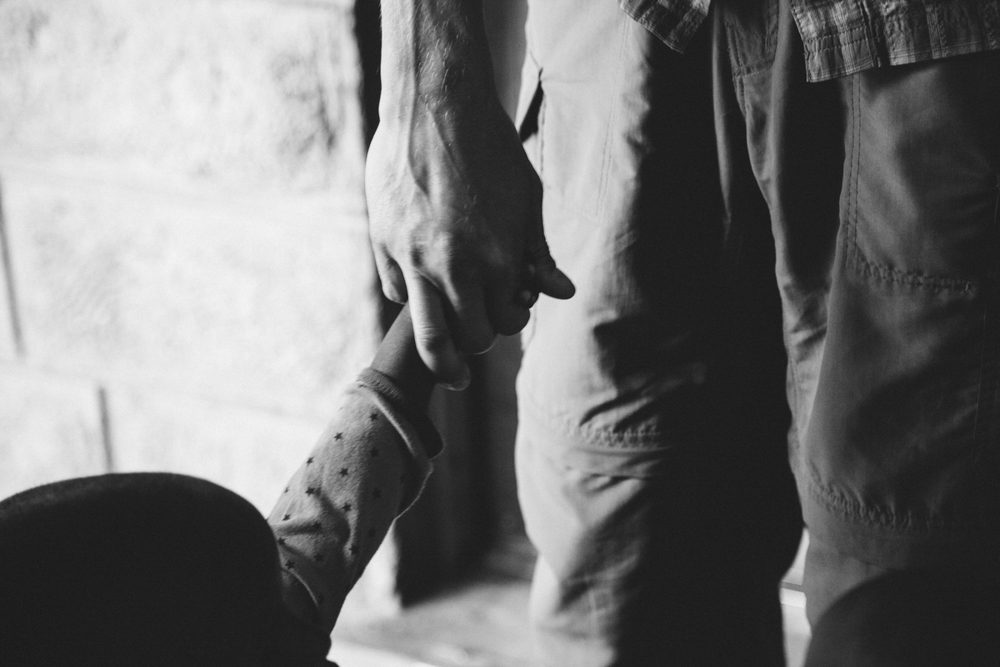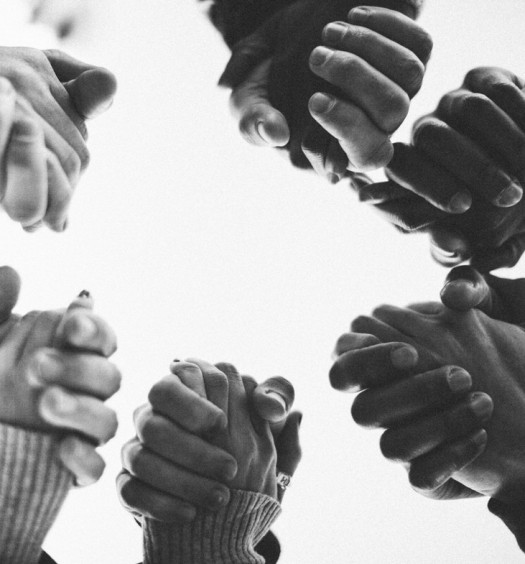A Look At World Orphan Care in Ethiopia

Photo by Paul Go
One of the hardest things in this world is reevaluating the way things have been done and accepting that they were done wrong.
One such issue is that of orphan care. Depending on the source, estimates range between four and a half to five million orphans in Ethiopia alone, making up a small portion of the Unicef estimate of one hundred and fifty-three million orphaned children globally.
The question is, what do we do with one hundred and fifty-three million children in need? In the past, the solution has been to build structures of varying shapes and sizes and put as many children as possible inside them.
This has largely been a failure. While many have the best of intentions, orphanages have fallen prey to struggles including inadequate food and education resources, not enough caretakers, and poor health standards. The documentary “Stuck” by Both Ends Burning shows footage of children left to their cots and the developmental challenges that come with the lack of attachment from an early age. Further, the financial gain of child trafficking by adopting children out to unsuspecting foreigners has caused numerous issues and questions of child safety.
We have seen such a rise in acknowledgment that our former plans for orphan care (mainly orphanages) and our typical response to poverty (mainly handouts) have consistently resulted in negative consequences.
I’ve had the amazing opportunity to experience life with an organization who has taken the time to reevaluate, who has acknowledged that things needed to change, and have ultimately decided to be that change.
I first discovered World Orphans while desperately seeking orphan care opportunities in Ethiopia. What resulted was a life-changing trip to Durban, South Africa, where I was able to see orphaned children being raised in a family environment. Fifty feet away, a two-story building existed for the sole purpose of skills training and job creation. A primary school in the same compound was the only opportunity for many of the local children who could not afford the nearby private school and were too far from any public ones. We worked with the Zulu community, doing a medical clinic, singing, eating, and purchasing their intricately beaded jewelry. And while I experienced the fragility of short-term trips that lead you to bond and then break from a community, I am content knowing that indeed a chunk of my heart was supposed to remain.
Six months later, I followed World Orphans to Ethiopia where I found the impact being made on widows trying to feed and care for their children. We visited schools run by local churches, open to all tribes and religions in the region. I learned of the micro loan program that is leading the way in dignified income generation. We took a group to the nearest zoo, a place they had never been before. We sat in the one-room homes of women who told us their stories while sharing coffee and bread. Mostly, I just learned how deeply hospitable and loving the culture of this country is, and how much more than the images of starvation that have tarnished the public perceptions of my favorite city on earth.
What Worlds Orphans has pursued in place of the classic orphanage model is the empowerment of single parents, widows, and foster moms. By enabling these individuals to care for children in their homes, they are given love, protection, and a family.
This is termed ‘home based care.’ The HBC model is allowing orphaned children and widowed adults the opportunity to maintain a stable family relationship.
This isn’t always easy. There are times when finding house parents for abandoned children can be a challenge, there are times when it is vital to explain that empowerment goes beyond the handouts that those in poverty have come to expect from western cultures. But World Orphans has made solid efforts to rise above these challenges by working through local leadership.
This is how I also learned the importance of being locally run. By this, I mean that the three World Orphans staff members in Ethiopia are all Ethiopian and that in each country World Orphans is working, they do so through established local churches. Having worked through community relationships that have already been established, this organization can encourage and enable those churches who have already taken a stand to be an advocate for the vulnerable in their communities. We saw this through individual pastors and churches, through in-country staff members, and through grassroots microfinance opportunities that World Orphans has chosen to come alongside as a support.
We think we know how to do it, but maybe, if we reevaluate, we’ll see that we can also learn. By working with local leaders, it was clear how set apart World Orphans is from the multitude of non-profits flooding the city of Addis Ababa.
The facet to World Orphans is a list that goes on and on. With fifty-six projects in twelve countries, this non-profit utilizes churches in America partnering with international churches and individual donors to step up regarding orphan care and prevention, job creation, mobilization and advocacy, and refugee care at The Refuge Initiative in Iraq.
With humility, let us observe our past, learn from it, and with clear direction, move forward to create change.
Please have a look at www.worldorphans.org and discover the ways you can be involved.
FROM THE EDITOR
At Conscious, we are inspired by stories that cause us to think differently and think big-picture, and so we set out to tell stories with the help of leaders and influencers within the social good community. You can read more stories like this when you join as a member.



